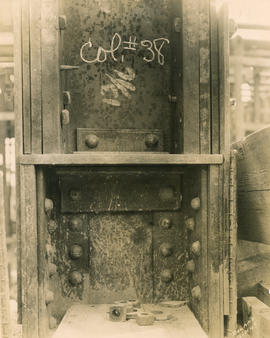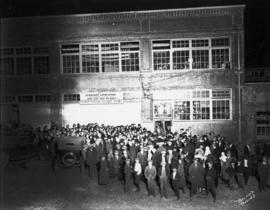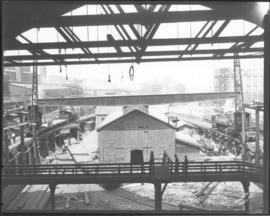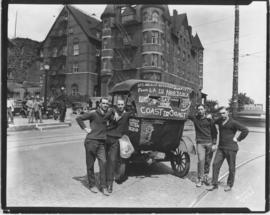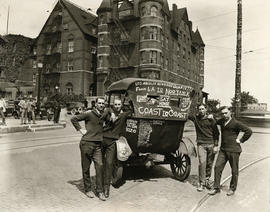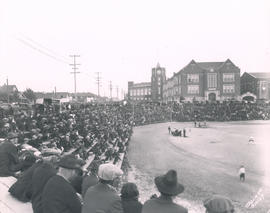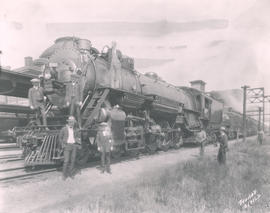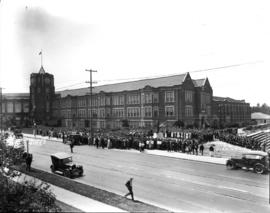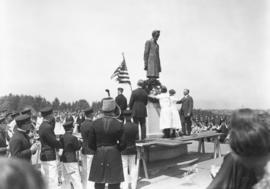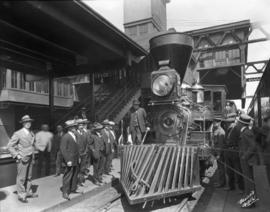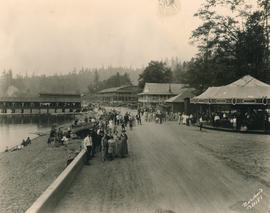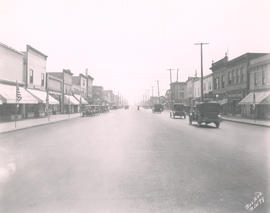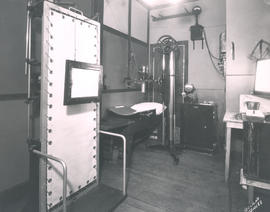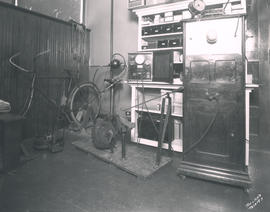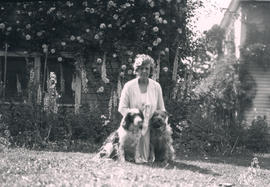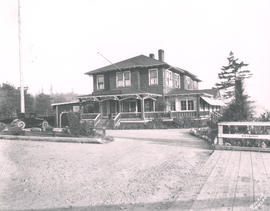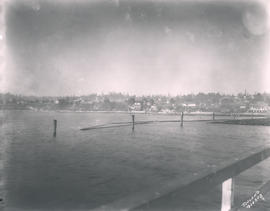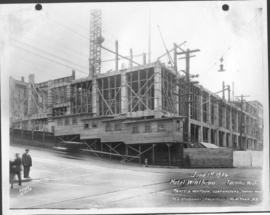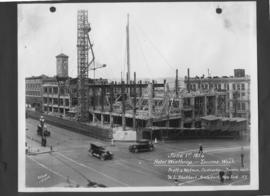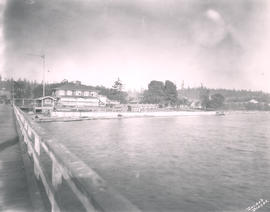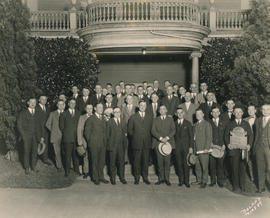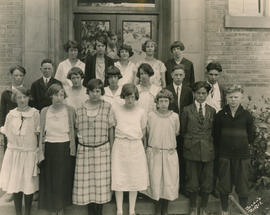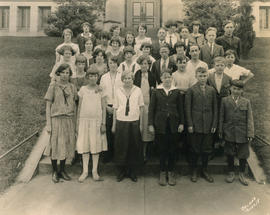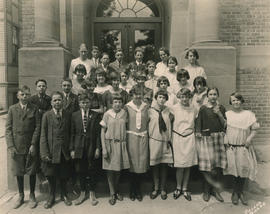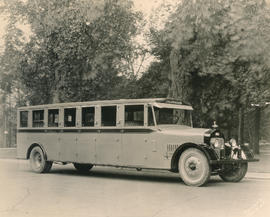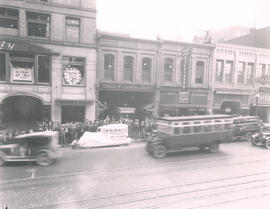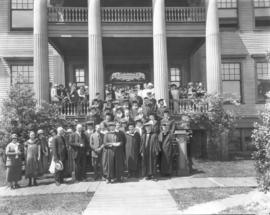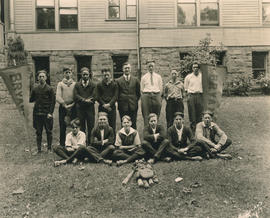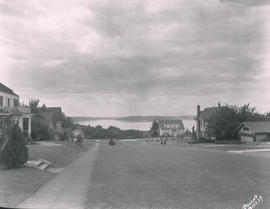On May 26, 1924, the Los Angeles Newsboys' Quartette posed in front of the Tacoma Hotel. They were on a cross-country singing tour from L.A. to "Noo Yawk" and had been engaged by the Rialto Theater for a week, in conjunction with the showing of "When A Man's A Man." They had also performed at the Tacoma Advertising Club luncheon that day. Pictured left to right are Ernest Davis, first tenor; Buckles Brente, second tenor; Leon Lyons, baritone and John Myers, basso. The boys, who billed themselves as real newsboys, had recently finished an engagement at Grauman's Theater in Los Angeles. Written on the back of their touring vehicle are the names of all the cities they have performed in so far on their cross country tour. To the right of the Tacoma Hotel is the famed Tacoma totem pole. G30.1-140 (TNT 5-27-24, p. 2; T. Times 5/31/1924, pg 2 & 3) BU-11933, TPL-1395
Los Angeles Newsboys' Quartette (Los Angeles); Davis, Ernest; Brente, Buckles; Lyons, Leon; Myers, John; Singers--1920-1930; Music ensembles--1920-1930; Hotels--Tacoma; Tacoma Hotel (Tacoma); Totem poles--Tacoma;
